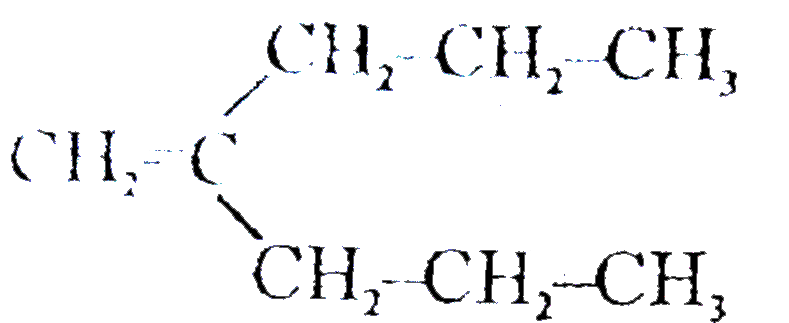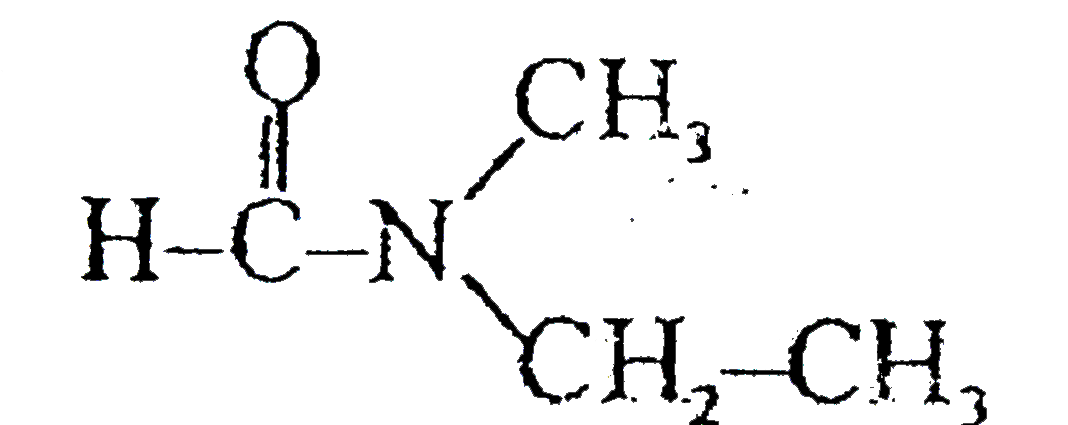Name the following :
Step-by-Step Text Solution:
1. Identify the solid precipitated material produced during secondary treatment:
- The solid precipitated material produced during the secondary treatment of effluent in a sewage treatment plant is called sludge.
2. Understand the sewage treatment process:
- Sewage undergoes a treatment process that includes primary, secondary, and tertiary treatments.
- In the primary treatment, solid waste settles to form primary sludge, while the liquid that remains is called primary effluent.
3. Explain the secondary treatment process:
- The primary effluent is transferred to the secondary treatment phase, where it goes into an aeration tank.
- In the aeration tank, the effluent is agitated and air is introduced, which helps in the formation of flocs (masses of bacteria and other materials).
4. Formation of activated sludge:
- As the treatment continues, the Biological Oxygen Demand (BOD) of the effluent is reduced.
- The effluent is then moved to a settling tank, where the bacterial flocs settle down to form activated sludge.
5. Identify the devices used for removing particulate air pollutants:
- The two common devices used for removing particulate air pollutants are:
- Electrostatic precipitator: This device can remove up to 99% of particulate matter from the exhaust of thermal power plants.
- Scrubber: This device removes gases such as sulfur dioxide (SO2) from exhaust by passing it through a spray of water or lime solution, resulting in the formation of calcium sulfate.
- The solid precipitated material produced during the secondary treatment of effluent in a sewage treatment plant is called sludge.
- Sewage undergoes a treatment process that includes primary, secondary, and tertiary treatments.
- In the primary treatment, solid waste settles to form primary sludge, while the liquid that remains is called primary effluent.
- The primary effluent is transferred to the secondary treatment phase, where it goes into an aeration tank.
- In the aeration tank, the effluent is agitated and air is introduced, which helps in the formation of flocs (masses of bacteria and other materials).
- As the treatment continues, the Biological Oxygen Demand (BOD) of the effluent is reduced.
- The effluent is then moved to a settling tank, where the bacterial flocs settle down to form activated sludge.
- The two common devices used for removing particulate air pollutants are:
- Electrostatic precipitator: This device can remove up to 99% of particulate matter from the exhaust of thermal power plants.
- Scrubber: This device removes gases such as sulfur dioxide (SO2) from exhaust by passing it through a spray of water or lime solution, resulting in the formation of calcium sulfate.
Topper's Solved these Questions
- WASTE GENERATION AND MANAGEMENT BOOK - ICSECHAPTER - WASTE GENERATION AND MANAGEMENT EXERCISE - Review Questions (Short Answer Type)
2 Videos
- WASTE GENERATION AND MANAGEMENT BOOK - ICSECHAPTER - WASTE GENERATION AND MANAGEMENT EXERCISE - Review Questions (Long Answer Type)
4 Videos
- WASTE GENERATION AND MANAGEMENT BOOK - ICSECHAPTER - WASTE GENERATION AND MANAGEMENT EXERCISE - Progress Check
11 Videos
- TISSUES: PLANT AND ANIMAL TISSUESBOOK - ICSECHAPTER - TISSUES: PLANT AND ANIMAL TISSUESEXERCISE - REVIEW QUESTIONS (E. STRUCTURED/APPLICATION QUESTIONS )
7 Videos
Similar Questions
Name of the following

View SolutionThe IUPAC Name of following compound is

View SolutionThe IUPAC Name of following compound is

View SolutionThe correct IUPAC Name of following compound is :

View SolutionWrite the correct IUPAC names of following:

View SolutionThe IUPAC name of following alkane is

View SolutionWrite the name of following lipid

View SolutionThe IUPAC name of following compound will be :−

View SolutionThe IUPAC name of following compound is :−

View SolutionWrite the iupac name of following compound

View Solution
